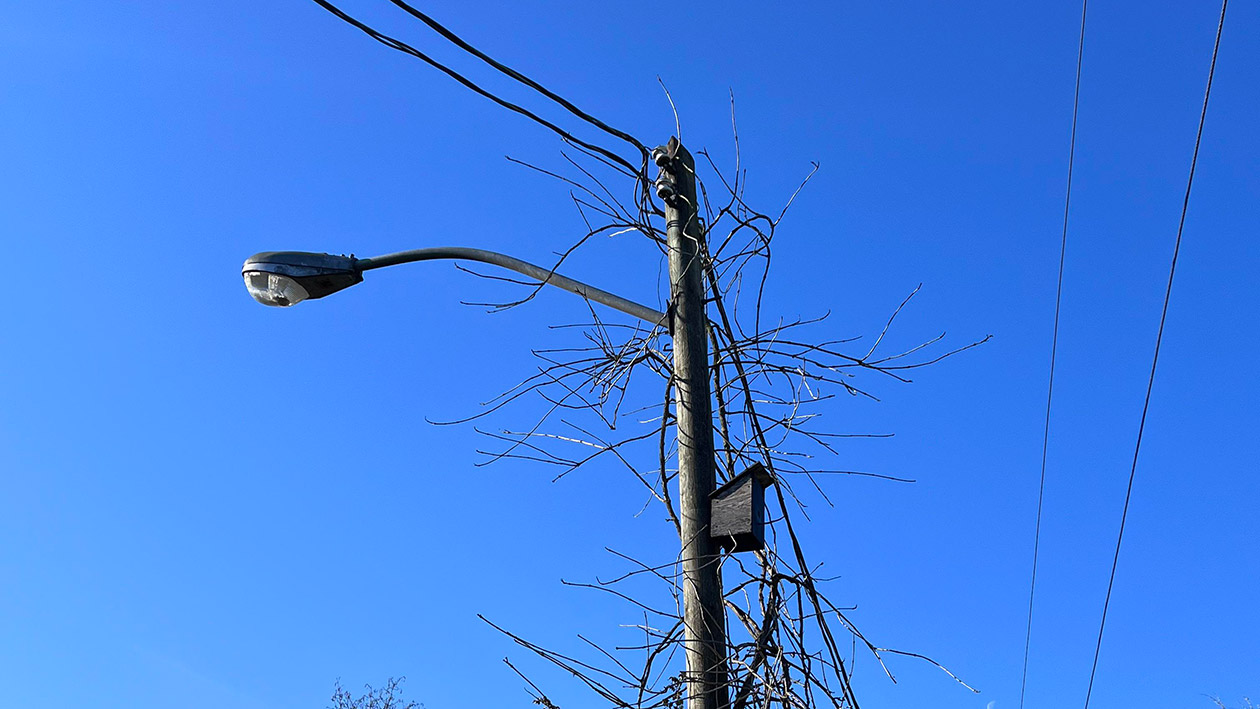
Electrical safety is paramount in Australian homes and businesses, and faulty wiring poses a significant risk of fire and injury. This is why understanding electrical defect notices is crucial for homeowners and tenants alike. These notices alert you to electrical issues that require immediate attention by a qualified professional.
What Is an Electrical Defect Notice?
An electrical defect notice is an official document issued by electricity distributors like Ausgrid or Endeavour Energy in Australia. It alerts property owners or tenants about electrical hazards identified during an inspection. The notice details the specific electrical problems on the property, posing a potential safety risk. A qualified electrician must fix these defects within a set timeframe (usually 21 days) to prevent power disconnection.
What Are the Australian Standards for Electrical Safety?
Australia maintains rigorous standards for electrical safety, outlined in several key documents. Understanding these standards is important if you’ve received a defect notice, to ensure that any repairs are carried out correctly. Here’s a breakdown of some crucial ones:
- AS/NZS 3000:2018 (Wiring Rules): This is the foundation for safe electrical installations in Australia and New Zealand. It covers design, construction, and verification of electrical work, ensuring installations meet essential safety requirements.
- AS/NZS 3112 (Plugs and Sockets): This covers electrical plugs, sockets, and socket outlets of a rated voltage below 32V. It ensures that plugs and sockets are compatible and safe for use.
- AS/NZS 61439 (Switchboard Standards): These standards cover the design, manufacture, and testing of low-voltage switchboards used for the distribution of electrical energy. Adhering to these standards minimises risk in switchboard operation.
- AS/NZS 3820:2020 (Essential Safety Requirements of Electrical Equipment): This is specifically important for homeowners. It outlines the fundamental safety criteria for electrical appliances and equipment to prevent electrical hazards.
- AS/NZS 1680.2.5:2018 (Interior and Surface Lighting): This series of standards focuses on safety requirements for lighting fixtures in various situations (general, residential, road, etc.), minimizing the risks associated with lighting installations.
When dealing with Electrical Defect Notices, you will find specific requirements that must be adhered to within:
- Electricity Supply Act 1995 No 94
- Electricity (Consumer Safety) Regulation 2006
- Endeavour Energy Network Standards
- Ausgrid List of Network Standards
Remember: Electricians performing repairs on your property should always follow these Australian standards to ensure work is done correctly and safely.
Why Was I Issued with an Electrical Defect Notice?
Electrical defect notices are issued when an inspector finds your electrical system doesn’t meet the safety standards outlined in the guidelines discussed previously. Here are some common reasons why you might receive one:
- Damaged equipment: Faulty wiring (e.g., exposed wires, damaged insulation), worn-out or broken outlets, cracked fixtures, or malfunctioning appliances can all lead to electrical hazards and potential fires.
- Unsafe switchboard: An outdated switchboard might not be able to handle your home’s electrical demands safely. Overloading can lead to overheating and electrical faults. Older switchboards may also lack modern safety features that are now standard.
- Low-hanging overhead cables: Overhead power lines must meet height clearances for public and property safety. Low-hanging cables pose risks to residents and vehicles and could cause power disruptions.
- Problems with the point of attachment: This refers to the connection point between your property’s electrical wiring and the power network. Improper attachment, damage, or deterioration at this point can create severe electrical hazards.
- Unauthorized work: DIY electrical work or repairs done by unlicensed individuals often don’t comply with safety standards. Incorrect wiring, poor connections, and shortcuts increase the risk of defects and hazards.
- Bushfire and Vegetation Risk Mitigation Defect Notice: Electricity distributors are especially vigilant about potential fire hazards in bushfire-prone areas. A Bushfire and Vegetation Risk Mitigation Defect Notice is issued if there’s a risk of your property’s electrical system contributing to a bushfire. Here’s what could trigger this type of notice:
- Overhead cables in contact with vegetation: Tree branches and other vegetation must be kept clear of overhead powerlines to prevent sparks or fallen lines.
- Naked conductors: Older overhead power lines with exposed wiring pose an increased fire risk.
- Private power poles in poor condition: A deteriorated or damaged power pole on your property can ignite or collapse, increasing the risk of fire.
If you receive a defect notice, the document will specify the exact reasons for its issue.

What Should I Do If I Receive an Electrical Defect Notice?
Receiving an electrical defect notice can be stressful, but prompt action is essential. Here’s what you need to do:
- Don’t panic: While electrical defects must be taken seriously, remember they can usually be rectified safely.
- Read the notice carefully: The notice will outline the problems identified and the timeframe within which they must be fixed (usually 21 days).
- Contact a licensed Level 2 electrician: Only a qualified Level 2 electrician is authorised to address the defects listed in the notice. If possible, contact the electrician who performed the original work. Otherwise, find a reputable Level 2 electrician in your area.
- Get the repairs done promptly: The electrician will assess and fix the defects. Ensure the work is completed on time to avoid power disconnection.
- Obtain a Certificate of Compliance: Once repairs are finished, the electrician must provide you with a Certificate of Compliance, confirming the work meets Australian safety standards.
- Submit the Certificate of Compliance: Send a copy of this certificate to your electricity distributor to close out the defect notice.
Important: If the defect poses an immediate danger, your electricity distributor might disconnect your power before the repair deadline. This underscores the need to act swiftly.
Who Can Fix the Problem?
Only a licensed Level 2 Accredited Service Provider (ASP) electrician, such as Wilken Service Pty Ltd, is authorised to fix the electrical defects outlined in your notice. Here’s why:
- Specialized expertise: Level 2 electricians have the specific qualifications and training needed to connect and disconnect power from the main network safely. This can be necessary to complete the repairs required to address the defects.
- Legal authorization: Electrical regulations mandate that only Level 2 electricians can perform work that interacts directly with the power grid.
- Safety and compliance: Level 2 electricians must guarantee their work adheres to the strict Australian electrical safety standards, ensuring the defects are fixed correctly and your home is safe.
Never attempt to fix electrical problems yourself or hire an unlicensed electrician. This could further damage your electrical system, leading to serious injury or property damage.
What Happens If I Ignore the Electrical Defect Notice?
Ignoring an electrical defect notice is extremely dangerous and has serious consequences:
- Increased risk of electrical hazards: Unrepaired electrical defects pose a significant risk of electrical shocks, fires, and potential injuries or fatalities.
- Power disconnection: Your electricity distributor is legally authorized to disconnect your power supply if the defects aren’t fixed within the specified timeframe. This can be extremely disruptive and inconvenient.
- Potential fines: In some cases, ignoring an electrical defect notice could lead to fines or legal penalties, increasing the cost of rectifying the problem.
- Insurance implications: If an electrical fire or accident occurs due to an ignored defect notice, your home insurance may not cover the damage.
It’s crucial to address electrical defects promptly to ensure your home’s safety and maintain your power supply.
How Can I Prevent Receiving a Notice?
Proactive maintenance and regular inspections are the keys to preventing receiving electrical defect notices. Here’s what you can do:
- Schedule regular electrical inspections: Have a licensed electrician inspect your home’s electrical system every few years (or more frequently for older homes) to proactively identify potential problems before they become serious hazards.
- Address issues promptly: If an electrician points out any minor electrical concerns during an inspection, address them immediately to prevent them from worsening.
- Avoid DIY electrical work: Unless you’re a qualified electrician, never attempt to fix electrical problems yourself. Incorrect repairs can create hazards and will likely not adhere to safety standards.
- Stay alert for warning signs: Keep an eye (and ear) out for signs of electrical problems, such as:
- Flickering lights
- Buzzing or crackling sounds
- Burning smells near outlets or the switchboard
- Frequently tripping circuit breakers
- Maintain trees and vegetation: Ensure trees and branches are trimmed away from power lines and report any overgrowth to your electricity distributor.
An ounce of prevention is worth a pound of cure. Investing in regular maintenance and addressing small issues can significantly reduce the risk of serious electrical defects that trigger a defect notice.
